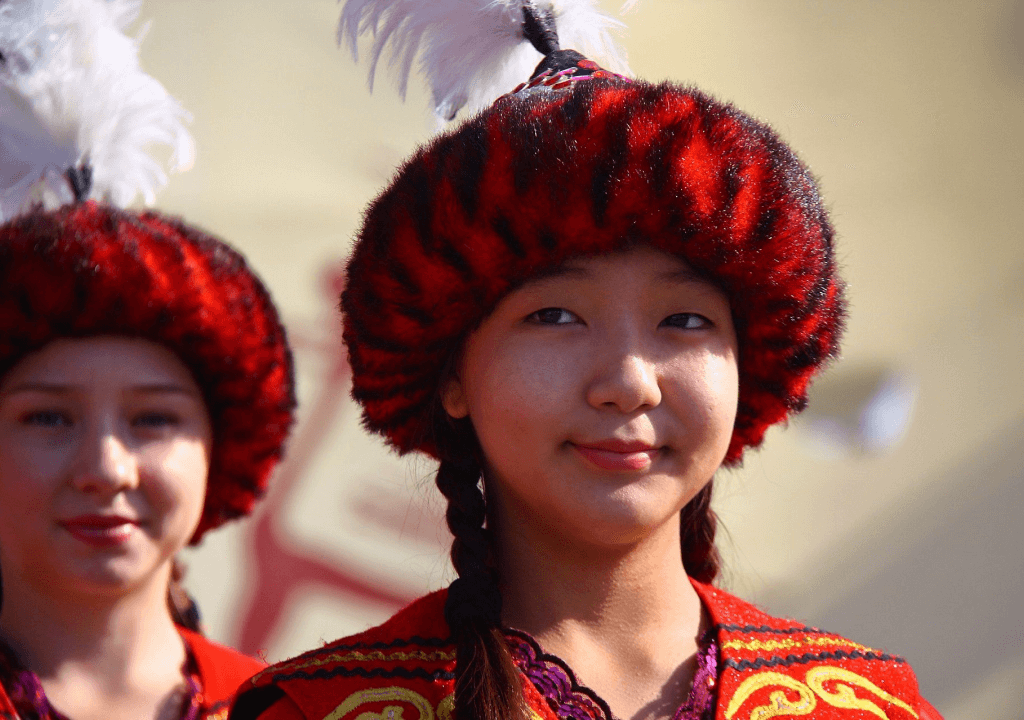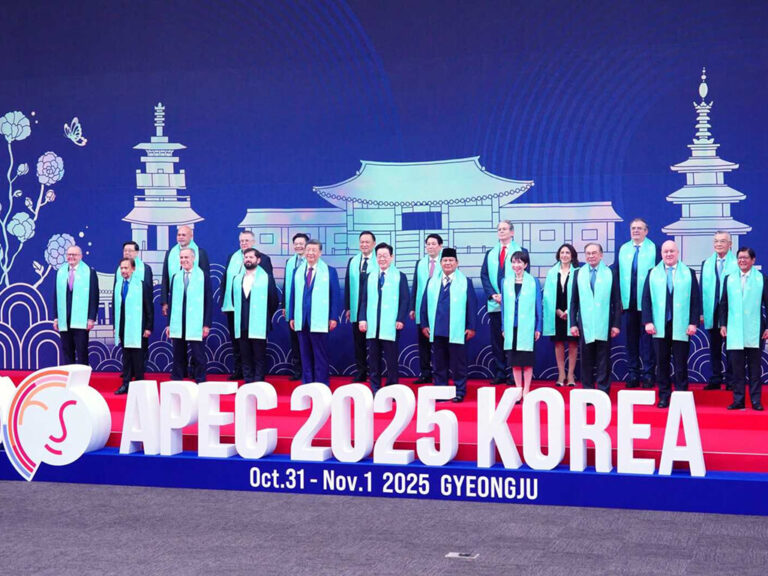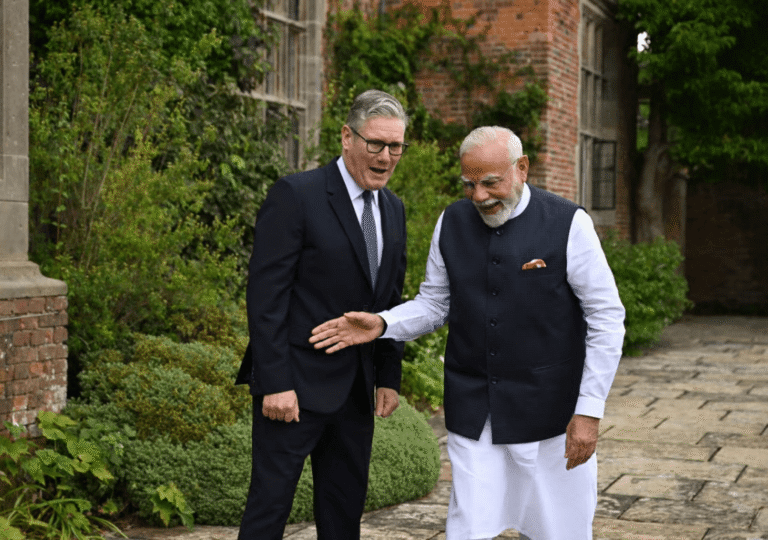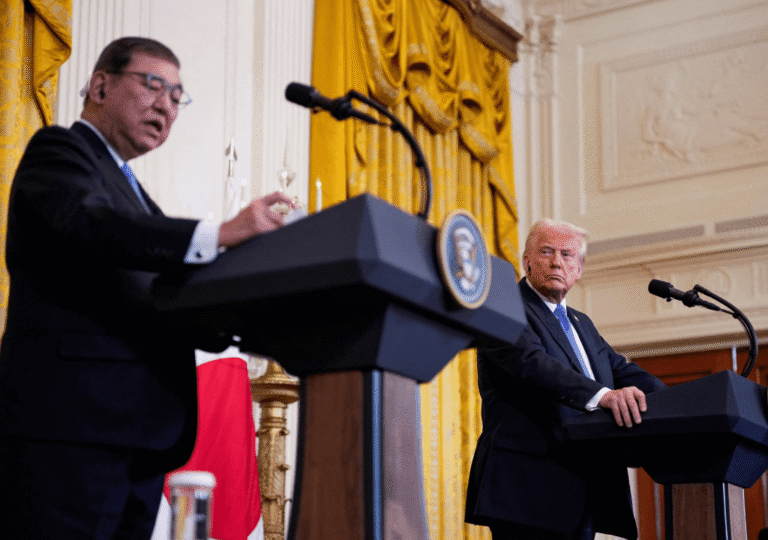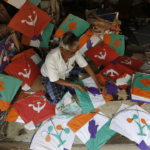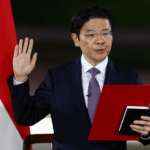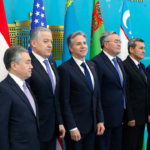Central Asia’s vast natural wealth has long drawn the attention of global powers. For decades, Russia maintained an iron grip on the region, treating it as a near-exclusive sphere of influence. However, that dominance is now faltering. The war in Ukraine has weakened Moscow’s hand, creating an opening that others are eager to fill.
China and India have moved swiftly to expand their presence, but they are no longer alone. A broader lineup—including the United States, Japan, South Korea, and increasingly, Europe—is stepping into a region rich in critical minerals, energy, and opportunity.
For Europe, the urgency is acute. Cut off from Russian supplies, European nations need alternative resources to meet their growing demand.
Europe’s expanding ambition in Central Asia was on full display last month in Samarkand, where the European Union held a high-level summit with leaders from across the region. The EU announced nearly €12 billion in investments, signaling a stronger push to cement its presence. Ursula von der Leyen, president of the European Commission, hailed the gathering as the beginning of a “new chapter” in relations.
EU-Central Asia relations
The European Union first adopted its Central Asia strategy in 2007, updating it in 2019 to reflect shifting regional and global dynamics. The framework seeks to bolster political and economic cooperation while supporting Central Asia’s transition into a more sustainable, resilient, and interconnected region.
A key milestone came on October 23, 2023, with the adoption of a joint roadmap outlining 79 specific actions across five priority areas. The plan aims to deepen ties through structured dialogue and practical collaboration.
For the first time, a formal summit between the EU and the five Central Asian states held in Samarkand. The EU was represented by European Council President António Costa and European Commission President Ursula von der Leyen, while the summit was hosted by Uzbekistan’s President, Shavkat Mirziyoyev.
Amid shifting geopolitical realities, the leaders reaffirmed their commitment to closer cooperation and agreed to upgrade the relationship to a strategic partnership. The summit concluded with a joint declaration outlining common goals and priorities.
Need more investments
Securing access to Central Asia’s resources requires major financial commitments, particularly in infrastructure. Many analysts remain skeptical that the natural gas European economies need will ever flow westward in significant volumes via routes that bypass Russia. The main barriers are geography and inadequate infrastructure.
At present, the most efficient and cost-effective route from Central Asia to Europe remains the Northern Corridor—which passes through Russia, the very country Europe is trying to avoid. Recent drone attacks on the Caspian Pipeline Consortium’s network have only deepened concerns. The alternative southern route via Iran is hindered by international sanctions and poor development.
As a result, Europe has pinned its hopes on the much-discussed Middle Corridor, which runs across the Caspian Sea, through the South Caucasus, and toward the Black Sea and Europe. This corridor has become the centerpiece of European investment efforts. At the Samarkand summit, €3 billion of the €12 billion pledged was allocated specifically to infrastructure for the route—on top of the €10 billion pledged last year.
Yet the Middle Corridor still demands massive investment in roads, railways, and especially port infrastructure—most notably in Aktau, Kazakhstan, on the Caspian coast.
While European financing remains limited, Central Asian governments continue to look primarily to China, whose consistent flow of investments makes it a more reliable partner. This reliance undermines Europe’s ability to shape regional development on its terms. If Europe hopes to secure a controllable and influential position in Central Asia’s logistics and energy networks, it must back its ambitions with significantly larger infrastructure investments. That, however, will require political will—something Europe has yet to demonstrate at scale.
Can it meet energy needs?
Since the start of the war in Ukraine, natural gas imports from Russia to the European Union have dropped by two-thirds, driving up prices and slowing economic growth. In response, Europe has scrambled to find alternative suppliers. One potential source is Turkmenistan, which holds the world’s fifth-largest proven gas reserves. A swap deal launched in March could eventually send up to 2 billion cubic meters of Turkmen gas annually to Turkey, with Hungary also signing a gas framework agreement in 2023.
Yet it would cover only about 2% of the gas lost from Russia. A real breakthrough would require the long-proposed Trans-Caspian Pipeline under the Caspian Sea to Azerbaijan and onward via the Middle Corridor. But that project remains unlikely, as a 2018 treaty gave Caspian littoral states, including Russia, veto power over such initiatives—and Moscow is unlikely to greenlight a rival supply route.
Meanwhile, Kazakhstan already supplies 13% of Europe’s oil, 80% of which transits via Russia through the Caspian Pipeline Consortium. Europe now aims to shift more of that oil through the Middle Corridor. President Tokayev confirmed Kazakhstan is working on alternative routes, but progress will take time and long-term planning.
A Long Game for Critical Minerals
At the Samarkand summit, the EU’s focus extended beyond oil and gas to critical minerals—essential for its clean energy transition. Central Asia’s vast reserves have sparked global competition, with China leading due to years of investment in regional mining. Kazakhstan holds major deposits of lithium, copper, lead, and rare earths like neodymium and cerium. Uzbekistan has launched a $2.6 billion plan to develop its sector, while Kyrgyzstan and Tajikistan are promoting recent finds.
European leaders made their intentions clear, pledging $2.5 billion to support the region’s mineral sector and promising to help build local processing capacity—an effort von der Leyen said would set Europe apart from its rivals.
Much of Central Asia’s rare earth potential remains unexplored. Just before the summit, Kazakhstan announced a possible discovery of 20 million tons of rare earths near Karaganda, though estimates are still preliminary. Exploration could take six years or more.
It will take time, but the groundwork is being laid. For Europe—desperately hungry for these resources—this foundational effort is crucial.

